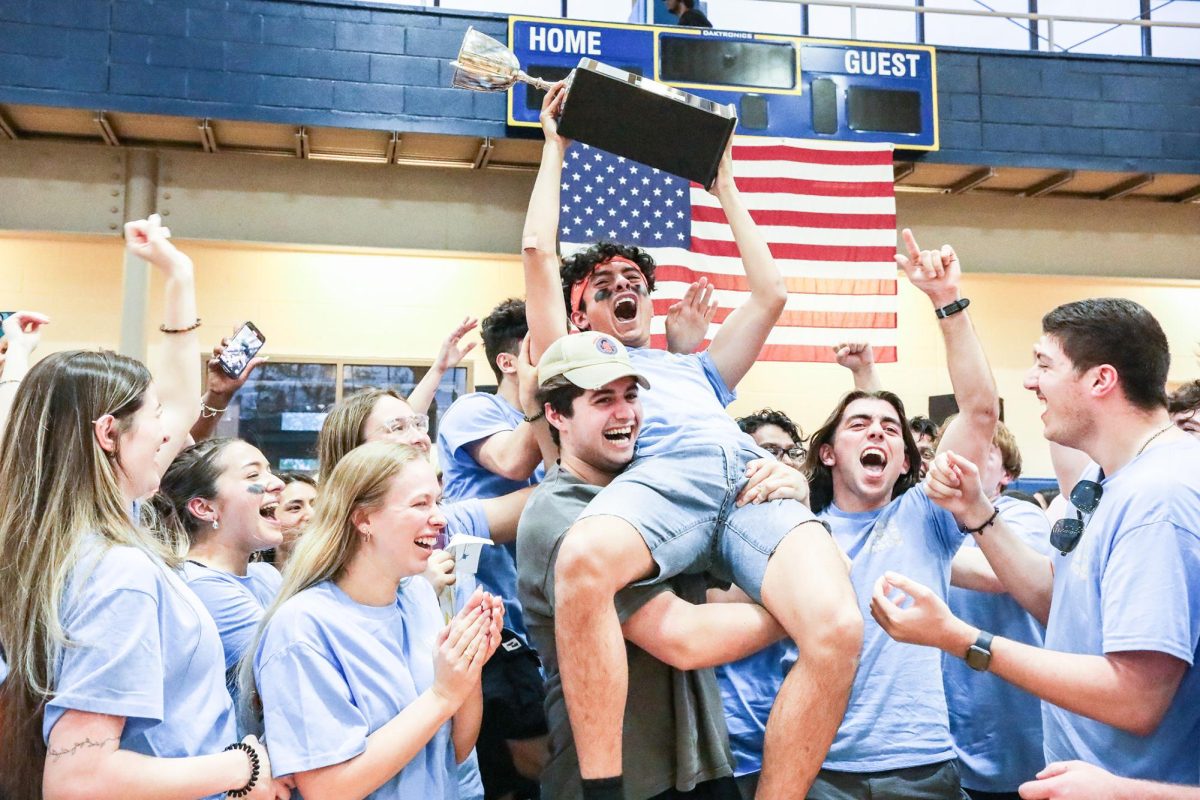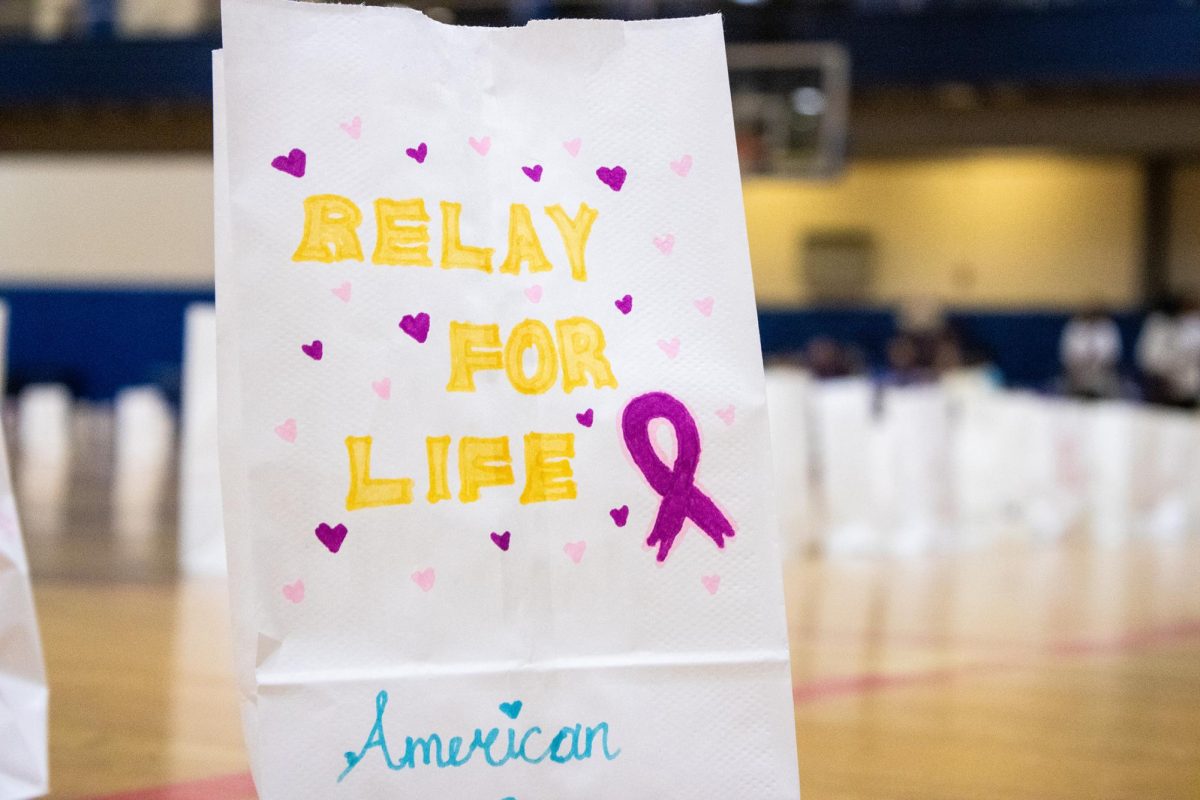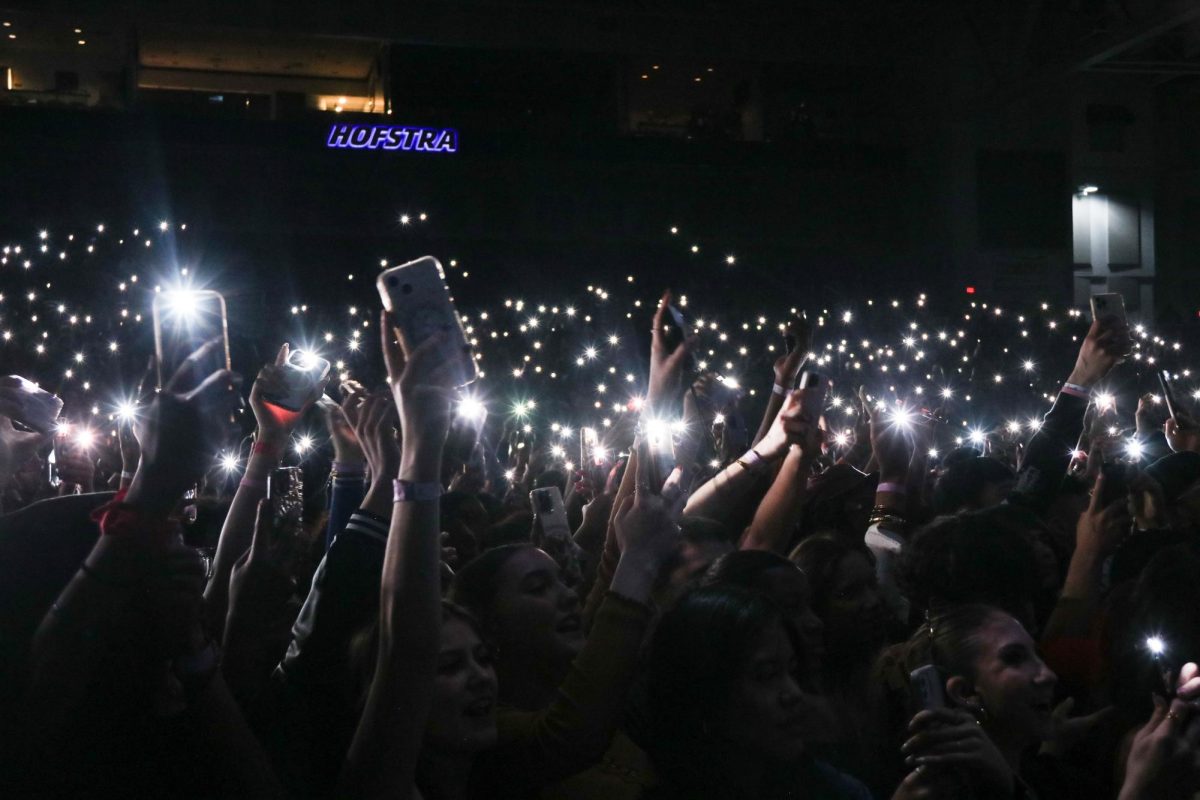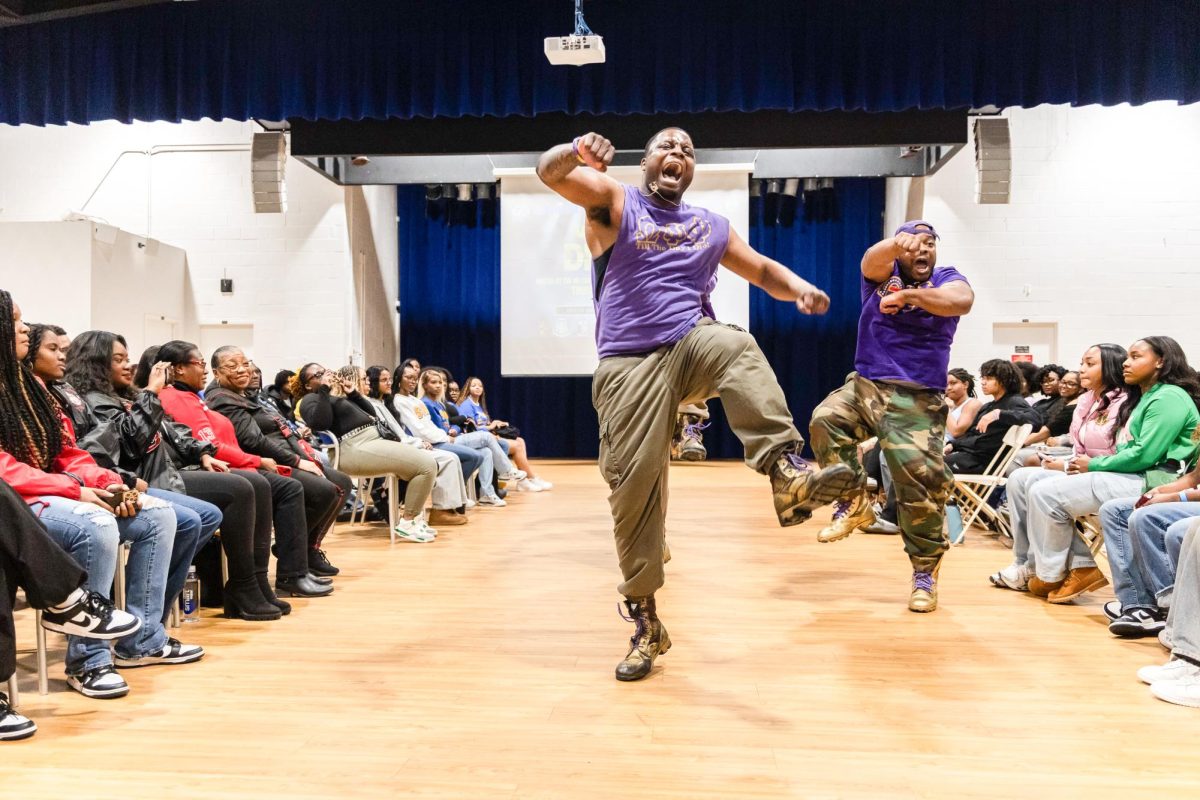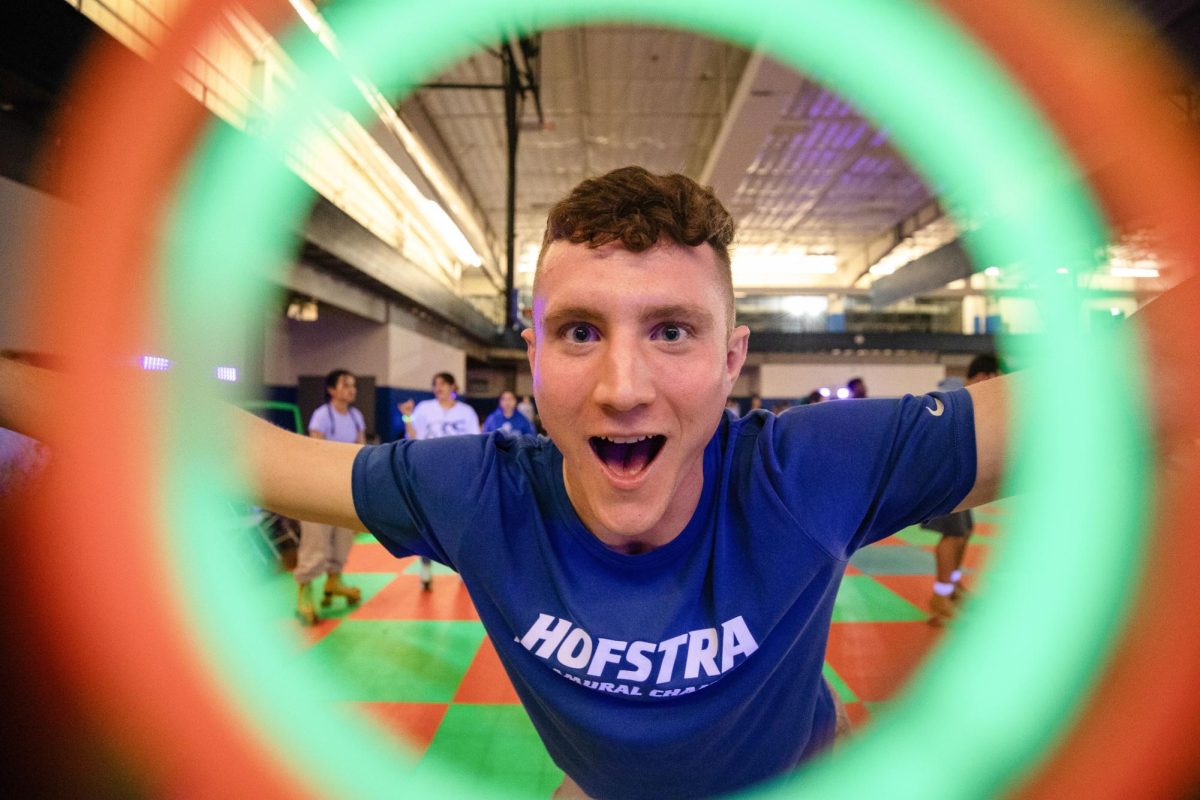The chemical composition of designer drugs (also known as synthetic drugs) and the consequences of their abuse were topics discussed during the Science Night Live event on Wednesday at the Helene Fortunoff Theatre in the Monroe Lecture Center.
Dr. Ling Huang, an associate chemistry professor at Hofstra, explained the composition of the drugs, as well as the constant game of “cat and mouse” between the drugs’ composition and law enforcement.
“These are things that are being produced in labs by research scientists. They were made for painkillers – to help people – not for this use and they’re being appropriated by people; and as a scientist that is heartbreaking,” said Celina Gwin, a senior biology major.
Jacob Mamiye, a junior sustainability major, found it interesting that these drugs were not made in home labs and were intended to serve a different purpose. “They are funded for the advancement of medicine and made by researchers and end up being abused because it is being carelessly spread,” Mamiye said.
These drugs are as accessible to students as they are to Huang himself.
“[Since] cannabinoids were legal, it was easy since we could get the drugs from pharmacies, smoke shops, Amazon, even two of my students gave me two packets because their boyfriends smoked and one of them got a seizure. They wanted me to find out what was in it,” Huang said.
Scientists have managed to change the composition of synthetic drugs while allowing them to maintain similar effects. For that reason, lawmakers need to constantly update the list of illegitimate substances.
Huang has studied the identification of designer drugs in association with Hofstra’s forensic department. “We have a forensic chemistry program. Dr. [Mercurio] Veltri introduced me into the project. He was a NYPD police officer and he worked in the jamaica lab and he saw the phenomenon online talking about drugs such as spice and cannabinoids,” Huang said. “Police officers were having trouble identifying them effectively, so he came to me and asked me if, as a chemist, I could have some solutions. That was back in 2012, so it’s been very successful.”
Huang focused much of his event on the makeup of these drugs as well as the social impact they can have on our communities.
Members of the event discussed some of the consequences abusing designer drugs can have on people.
“I thought that it was really interesting how Dr. Huang, when asked if addicts should be to blame, described that as a scientist and as professionals it is our duty to help people however we can, it is not about guilt,” Mamiye said.
“I don’t think that there is a viable solution right now to prevent the spreading of drugs, but education helps. Synthetic cannabinoids were the second most popular drugs in high schools back in 2013 to 2014, but the consumption lowered after the educational efforts by various agencies and media coverage,” Huang said. “However, these drugs are still found in homeless communities and low-income minority communities, where education efforts haven’t reached them.”
He continued, “My second solution would be diversion. As a human race we are always curious, we are looking for something else. So in this case, natural stuff might be a better alternative, a safer alternative, than the synthetic.”

